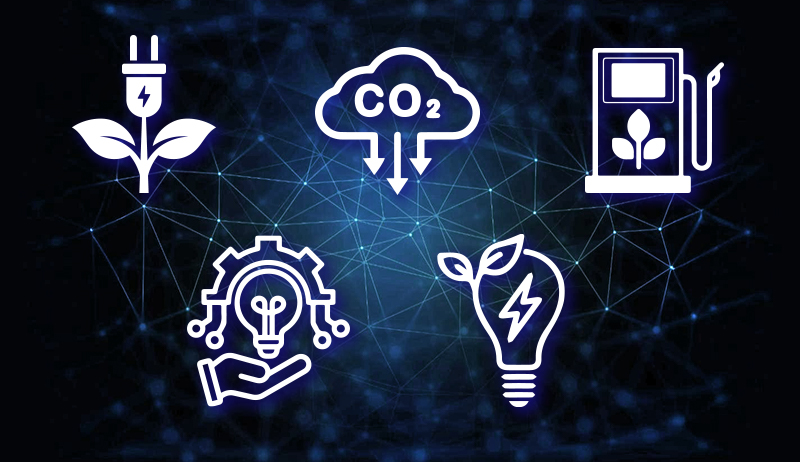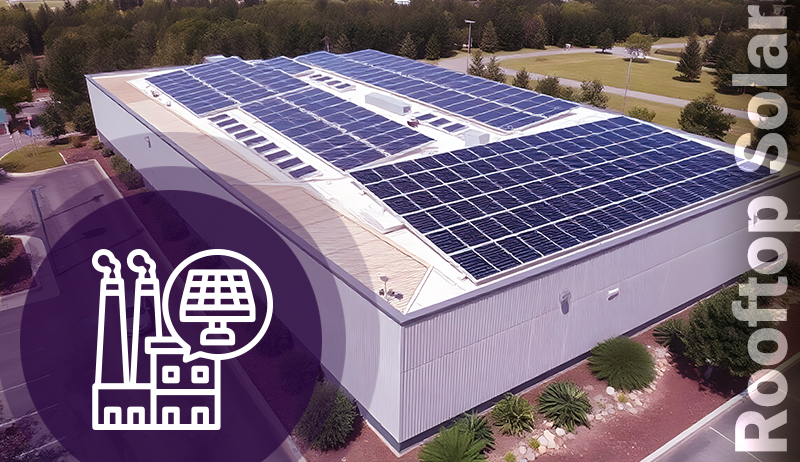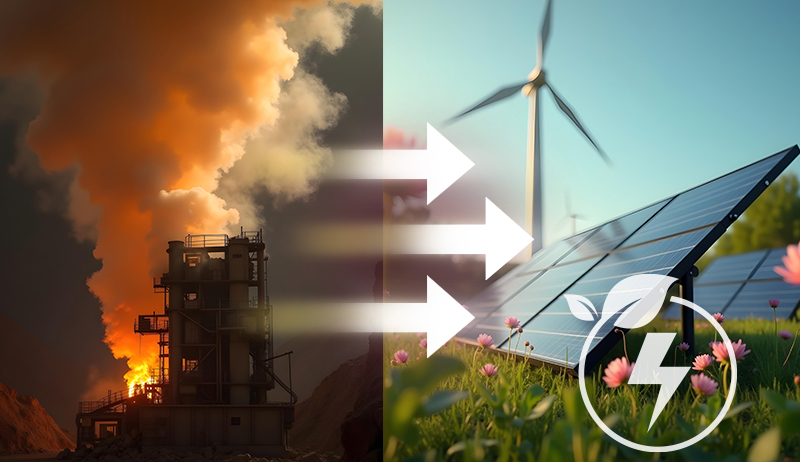Introduction University of California, Davis
The University of California, Davis (UC Davis), situated in the heart of California’s agricultural region, has established itself as a trailblazer in sustainability and environmental stewardship.
With a steadfast commitment to addressing climate change and fostering sustainable practices, UC Davis has transformed its campus into a living laboratory for sustainability. Through innovative initiatives, interdisciplinary collaborations, and a culture of environmental consciousness, UC Davis exemplifies its dedication to creating a sustainable future.
In this article, we will explore the sustainable practices and initiatives undertaken by the University of California, Davis, highlighting its role as a leader in sustainable campus development.
University of California: Fact and Data
The University of California (UC) is a prestigious public university system in the United States. It was founded in 1868 and has since become a prominent institution known for its contributions to education, research, and innovation.
UC comprises ten campuses spread across the state of California, each with its unique strengths and specialties.
Some of the most well-known campuses within the UC system include:
1. UC Berkeley: Renowned for its research and academic excellence, UC Berkeley is often considered one of the top public universities in the world. It has a strong emphasis on science, engineering, and the humanities.
2. UCLA (University of California, Los Angeles): Located in Los Angeles, UCLA is recognized for its arts, entertainment, and film programs. It’s also a leader in medical research and offers a wide range of disciplines.
3. UC San Diego: A hub for scientific research, UCSD is famous for its programs in engineering, computer science, and health sciences. The campus is associated with many groundbreaking discoveries and innovations.
4. UC San Francisco: Focused on health sciences and medical research, UCSF is known for its prestigious medical school and contributions to advancing healthcare and biotechnology.
5. UC Davis: Known for its strong agricultural and environmental programs, UC Davis is a leader in agricultural research, veterinary medicine, and sustainability.
6. UC Irvine: A research-oriented campus with strengths in fields such as engineering, computer science, and social sciences.
7. UC Santa Barbara: Renowned for its research in physics, materials science, and engineering, UC Santa Barbara is also known for its picturesque campus.
8. UC Riverside: Emphasizing research in agricultural sciences, environmental studies, and engineering, UC Riverside serves as a hub for research on sustainability and food systems.
9. UC Merced: The newest campus in the UC system, UC Merced focuses on interdisciplinary research and offers programs in natural sciences, engineering, and social sciences.
10. UC Santa Cruz: Known for its unique approach to education and its beautiful coastal campus, UC Santa Cruz is particularly strong in astronomy, environmental studies, and social sciences.
The University of California system is committed to providing quality education, fostering research, and contributing to the advancement of knowledge across various disciplines. It has a diverse student population and offers a wide array of undergraduate, graduate, and professional programs.
UC campuses are often at the forefront of groundbreaking research, technological innovation, and social change.
Sustainable campus development.
1. Sustainable Agriculture and Food Systems:
As a renowned agricultural institution, UC Davis is at the forefront of sustainable agriculture and food systems. The university actively promotes regenerative farming practices, organic agriculture, and innovative approaches to sustainable food production. UC Davis houses research centers focused on sustainable agriculture and partners with local farmers to implement sustainable farming techniques.
By prioritizing sustainable food systems, UC Davis contributes to food security, ecological resilience, and the reduction of agricultural environmental impacts.
2. Climate Neutrality and Energy Efficiency:
UC Davis has set ambitious goals to achieve climate neutrality and reduce greenhouse gas emissions. The university has implemented energy efficiency measures in its buildings, including smart lighting, heating, and cooling systems. UC Davis generates a significant portion of its energy from renewable sources, such as solar power and geothermal energy.
Through its commitment to clean energy and energy conservation, UC Davis showcases its determination to combat climate change.
3. Sustainable Transportation:
UC Davis is a leader in sustainable transportation initiatives. The university promotes alternative transportation options to reduce reliance on single-occupancy vehicles.
UC Davis boasts an extensive network of bike paths, bike-sharing programs, and electric vehicle charging stations. The university encourages faculty, staff, and students to adopt sustainable commuting practices, such as biking, walking, carpooling, and using public transportation. By prioritizing sustainable transportation, UC Davis reduces carbon emissions and fosters a culture of active mobility.
4. Waste Reduction and Recycling:
UC Davis places a strong emphasis on waste reduction and recycling. The university has implemented comprehensive waste management systems that include recycling programs, composting initiatives, and electronic waste collection.
UC Davis encourages its community to embrace responsible consumption practices and prioritize waste diversion. By minimizing waste and promoting a circular economy, UC Davis takes significant strides towards a zero-waste future.
5. Water Conservation and Sustainable Water Management:
Given California’s water scarcity challenges, UC Davis has implemented robust water conservation practices. The university utilizes water-efficient technologies, such as smart irrigation systems and drought-tolerant landscaping.
UC Davis emphasizes water education and behavior change among its community to reduce water consumption. Additionally, the university conducts research on water resource management, contributing to sustainable water practices at the local and global levels.
6. Sustainable Research and Education:
UC Davis integrates sustainability into its research and educational programs. Faculty members and students engage in interdisciplinary research projects focused on sustainability solutions, including climate science, renewable energy, sustainable design, and environmental policy.
The university offers a wide range of sustainability-focused courses and degree programs, equipping students with the knowledge and skills to address complex sustainability challenges. Through research and education, UC Davis empowers future leaders to drive positive change in sustainability.
University of California: Renewable Energy Program
The University of California (UC) is actively involved in renewable energy research and initiatives across its campuses.
These programs focus on developing sustainable and clean energy solutions to address environmental challenges. UC campuses contribute to various aspects of renewable energy, including research, education, and community engagement.
Some examples of UC’s renewable energy programs and efforts include:
1. Research Initiatives: UC researchers are engaged in a wide range of renewable energy research projects. These projects cover areas such as solar energy, wind energy, biofuels, energy storage, and energy efficiency. Faculty and students collaborate to develop innovative technologies and solutions for a cleaner energy future.
2. Sustainable Technology Development: UC campuses often partner with industry and government agencies to develop and test new sustainable technologies. This includes the design and implementation of solar panels, wind turbines, energy-efficient buildings, and advanced energy storage systems.
3. Education and Training: Many UC campuses offer academic programs and courses focused on renewable energy and sustainability. Students can pursue degrees in fields such as renewable energy engineering, environmental studies, and sustainable design. These programs equip graduates with the skills and knowledge needed to contribute to the renewable energy sector.
4. Community Outreach: UC campuses engage with local communities to raise awareness about renewable energy and promote sustainable practices. Outreach efforts may include workshops, seminars, public lectures, and collaborative projects that involve community members and stakeholders.
5. Partnerships and Collaborations: UC collaborates with government agencies, private companies, research institutions, and other universities to advance renewable energy research and implementation. These partnerships help accelerate the development and adoption of renewable energy technologies.
6. Renewable Energy Facilities: Some UC campuses have established their renewable energy facilities, such as solar farms or wind turbines, to generate clean energy on-site and reduce their carbon footprint.
Tte University of California is committed to playing a significant role in the transition to a more sustainable and renewable energy future.
Conclusion University of California, Davis
The University of California, Davis serves as a beacon of sustainability, pioneering sustainable practices within higher education and beyond.
Through its commitment to sustainable agriculture, climate neutrality, energy efficiency, sustainable transportation, waste reduction, water conservation, research, and education, UC Davis showcases the power of collective action in building a greener and more sustainable future.
As UC Davis continues to lead by example, it inspires individuals, institutions, and societies to prioritize sustainability, fostering a resilient and thriving planet for generations to come.
UC Davis’s sustainable campus initiatives not only benefit the university community but also extend their positive impact to the broader region. The university actively collaborates with local organizations, government agencies, and industry partners to share best practices, conduct joint research projects, and implement sustainability initiatives. By fostering these partnerships, UC Davis amplifies its influence and contributes to the collective effort of creating sustainable communities.
UC Davis is dedicated to promoting environmental literacy and sustainability awareness. The university hosts sustainability-focused events, workshops, and conferences, engaging students, faculty, staff, and the wider community in conversations about sustainability challenges and solutions. UC Davis also supports student-led sustainability organizations and initiatives, empowering students to become sustainability advocates and leaders.
UC Davis’s commitment to sustainability extends beyond its own campus. The university actively participates in regional and global sustainability networks and initiatives, sharing its knowledge and experiences with other institutions and contributing to the advancement of sustainable practices worldwide. Through these collaborations, UC Davis reinforces its role as a catalyst for change and demonstrates its commitment to creating a more sustainable and resilient future.
In conclusion, the University of California, Davis stands at the forefront of sustainability in higher education. Through its dedication to sustainable agriculture, climate neutrality, energy efficiency, sustainable transportation, waste reduction, water conservation, research, education, and collaborative partnerships, UC Davis serves as a beacon of sustainability and inspires positive environmental change.
As the university continues to push the boundaries of sustainable innovation and engage with local and global communities, it paves the way for a greener, more sustainable world. UC Davis’s holistic approach to sustainability is a testament to its commitment to the well-being of the planet and future generations.
https://www.exaputra.com/2023/08/university-of-california-davis.html
Renewable Energy
The Role of Solar Energy in Australia’s Net Zero 2050 Plan
Renewable Energy
Gotta Watch Your Language Around the Kids
Renewable Energy
Run-of-River Hydro — Just When You Thought You’d Seen it All
 For some reason, people post a great deal of pure bullshit on social media on the subject of renewable energy.
For some reason, people post a great deal of pure bullshit on social media on the subject of renewable energy.
Some of it requires some level of knowledge of the subject to figure out, but not the one at left, where the turbines are oriented at right angles to the flow of the river!
Run-of-River Hydro — Just When You Thought You’d Seen it All
-
Climate Change2 years ago
Spanish-language misinformation on renewable energy spreads online, report shows
-
Climate Change2 months ago
Guest post: Why China is still building new coal – and when it might stop
-
Climate Change Videos2 years ago
The toxic gas flares fuelling Nigeria’s climate change – BBC News
-

 Greenhouse Gases1 year ago
Greenhouse Gases1 year ago嘉宾来稿:满足中国增长的用电需求 光伏加储能“比新建煤电更实惠”
-
Greenhouse Gases2 months ago
Guest post: Why China is still building new coal – and when it might stop
-

 Climate Change1 year ago
Climate Change1 year ago嘉宾来稿:满足中国增长的用电需求 光伏加储能“比新建煤电更实惠”
-

 Carbon Footprint2 years ago
Carbon Footprint2 years agoUS SEC’s Climate Disclosure Rules Spur Renewed Interest in Carbon Credits
-
Renewable Energy3 months ago
US Grid Strain, Possible Allete Sale











 Funny stuff.
Funny stuff.

